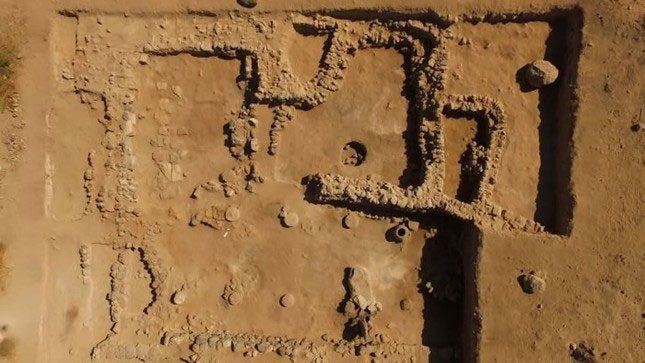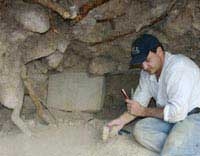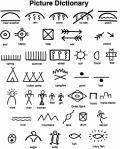Mysterious white powdery substances discovered within the ruins of a 3,000-year-old building in Armenia are a dream come true for food historians.
A team of Polish-Armenian archaeologists made this discovery while working at an archaeological site in the town of Metsamor, western Armenia, last fall. Upon identifying flour and excavating several ovens, the researchers realized that the ancient structure was once a large bakery.

The dilapidated building in Armenia covered in dirt and flour.
According to Science in Poland, a news website co-managed by independent media and the government, the dust from this ancient flour was sprinkled throughout the dusty ruins, including on some of the baking ovens.
Krzysztof Jakubiak, a professor of archaeology at the University of Warsaw, Poland, who led the excavation, stated: “At first glance, it looked like ash. We knew it was something organic and collected material worth around four to five sacks.”
After conducting chemical analysis, the research team identified the substance as flour used for baking bread. They estimated that at one point, about 3.5 tons of flour would have been stored inside the building (25 x 25m), which had two rows of 18 wooden columns supporting a reed roof with wooden beams. The researchers estimated that the bakery operated from the 11th century to the 9th century BC during the early Iron Age, according to Science in Poland.
“This is one of the oldest known structures of this type in Metsamor,” Jakubiak said. “Because the roof of the structure collapsed during a fire, fortunately, the flour has survived. It’s astonishing; under normal circumstances, everything would have been burned and completely vanished.”
Jakubiak mentioned that before the building became a bakery, it may have been used for ceremonies or gatherings before being converted into a storage facility.
Although there is limited information about the ancient inhabitants of Metsamor due to their lack of a written language, researchers know that this fortified city became part of the Biblical kingdom of Urartu after being conquered by King Argishti I in the 8th century BC. Previously, it spanned 100 hectares and was “surrounded by temple complexes with seven sanctuaries,” according to Science in Poland.
Previous excavations at Metsamor have revealed a walled settlement with a cemetery containing 100 graves. According to The Miami Herald, although many graves were empty—possibly due to looting—one grave contained numerous gold pendants and about 100 decorative beads.





















































